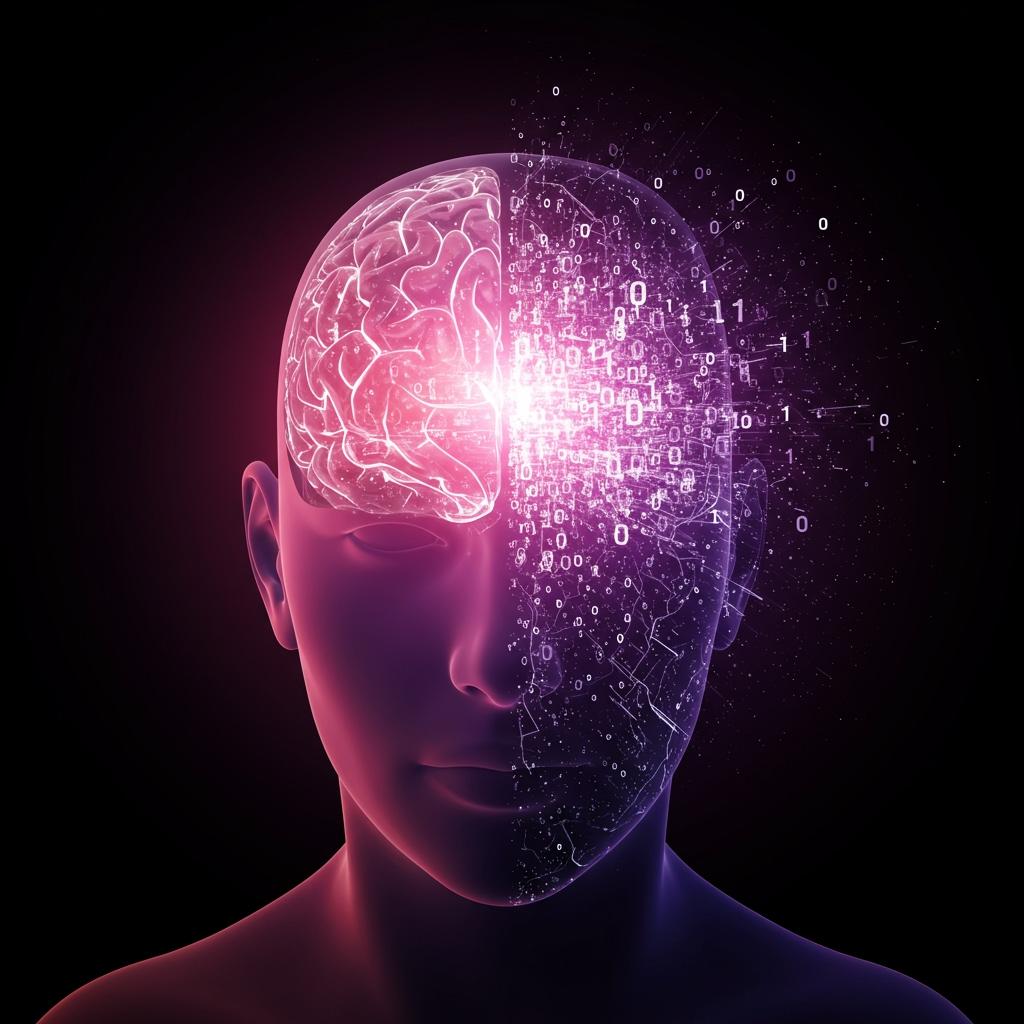Can We Upload Our Brain to a Computer?
 An artistic impression of the brain’s electrical signals being uploaded to a computer, illustrating the idea of brain-computer interfaces and mind uploading.
An artistic impression of the brain’s electrical signals being uploaded to a computer, illustrating the idea of brain-computer interfaces and mind uploading.
Exploring the Science Behind Mind Uploading and Brain-Computer Interfaces
By Peter Teoh, Science Writer
Imagine if you could save your thoughts, memories, and even your personality like a file on a computer. Could we one day upload our brains to a computer and live forever in a digital world? It sounds like sci-fi, but scientists are exploring technologies that bring us closer to this idea than ever before.
What Does “Uploading Your Brain” Mean?
Uploading your brain means creating a digital copy of your mind — your memories, thoughts, and consciousness — and transferring it to a computer. This idea raises big questions: Can a computer truly replicate a living brain? And how would we even do it?
How Does the Brain Work?
Your brain is an incredibly complex organ made up of billions of neurons—special cells that send electrical signals to each other. These signals create everything you think, feel, and experience. The connections between neurons, called synapses, constantly change and form the basis of learning and memory.
What Are Brain-Computer Interfaces (BCIs)?
Brain-computer interfaces, or BCIs, are devices that connect your brain to a computer. They work by detecting electrical signals from your neurons and translating them into commands a computer can understand. For example, BCIs have helped people with paralysis control robotic arms just by thinking about moving their own limbs.
There are two main types:
-
Invasive BCIs: These involve implanting tiny electrodes directly into the brain. They provide very detailed signals but require surgery.
-
Non-invasive BCIs: These use sensors placed outside the skull, like a cap or headband, to read brain activity. They’re safer but less precise.
Are BCIs the Same as Uploading Your Brain?
Not exactly. BCIs let you control devices or get feedback from computers using your brain signals, but they don’t copy your entire mind. Uploading your brain would mean scanning and replicating every neuron and connection in your brain, which is far more complicated.
What Would It Take to Upload a Brain?
To upload your brain, scientists would need to map every neuron and synapse in extreme detail — a process sometimes called “whole-brain emulation.” They would have to:
- Scan the brain at a microscopic level to capture its structure.
- Understand how neurons signal and process information.
- Create a computer model that behaves like a real brain.
Currently, our technology is nowhere near this level. Even the most advanced brain scans can’t capture the brain’s wiring fully or how it changes over time.
Challenges and Limitations
-
Complexity: The human brain has about 86 billion neurons and trillions of synapses. Mapping all this is incredibly difficult.
-
Dynamic Nature: Your brain’s connections change constantly with learning and experience, so a snapshot might be outdated almost immediately.
-
Consciousness: We don’t fully understand what consciousness is or how it arises from brain activity, so we can’t be sure a digital copy would really be “you.”
Current Progress and Research
While full brain uploading remains science fiction for now, research in BCIs is advancing fast. Companies like Neuralink and Blackrock Neurotech develop tiny implants that help paralyzed people move prosthetic limbs or communicate. Non-invasive devices are improving, too, aiming to help with mental health or enhance thinking.
Scientists also use supercomputers to simulate small parts of brains, learning how neurons work together. These models are helping us understand brain function better, but we’re still far from a complete digital brain.
What Could Brain Uploading Mean for the Future?
If someday we could upload minds, it might revolutionize everything—from medicine to identity. People might “live” digitally beyond their biological bodies or share experiences instantly. But it also raises ethical questions about privacy, identity, and what it means to be human.
Wrapping It Up
Right now, we cannot upload our brains to computers. The brain’s complexity and our limited technology make it a huge challenge. But with advances in brain-computer interfaces and brain mapping, scientists are learning more every day. Whether full brain uploading becomes possible remains an open and exciting question for the future.
Side Notes
- Brain Plasticity: The brain’s ability to change and adapt, which makes copying it even harder.
- Neural Decoding: The process of translating brain electrical signals into understandable commands.
- Ethics: Scientists are debating how to handle privacy and consent as brain technologies develop.
Trending Sidebar
- Neuralink’s Latest Human Trials: Testing brain implants to restore mobility.
- Non-invasive Headsets: Using light electrical stimulation to enhance focus and mood.
- AI and Brain Mapping: How artificial intelligence helps decode brain patterns faster.
Understanding brain uploading is a thrilling peek into what the future might hold, blending biology, technology, and philosophy. Keep watching this space—our minds might just become the next great frontier of exploration.